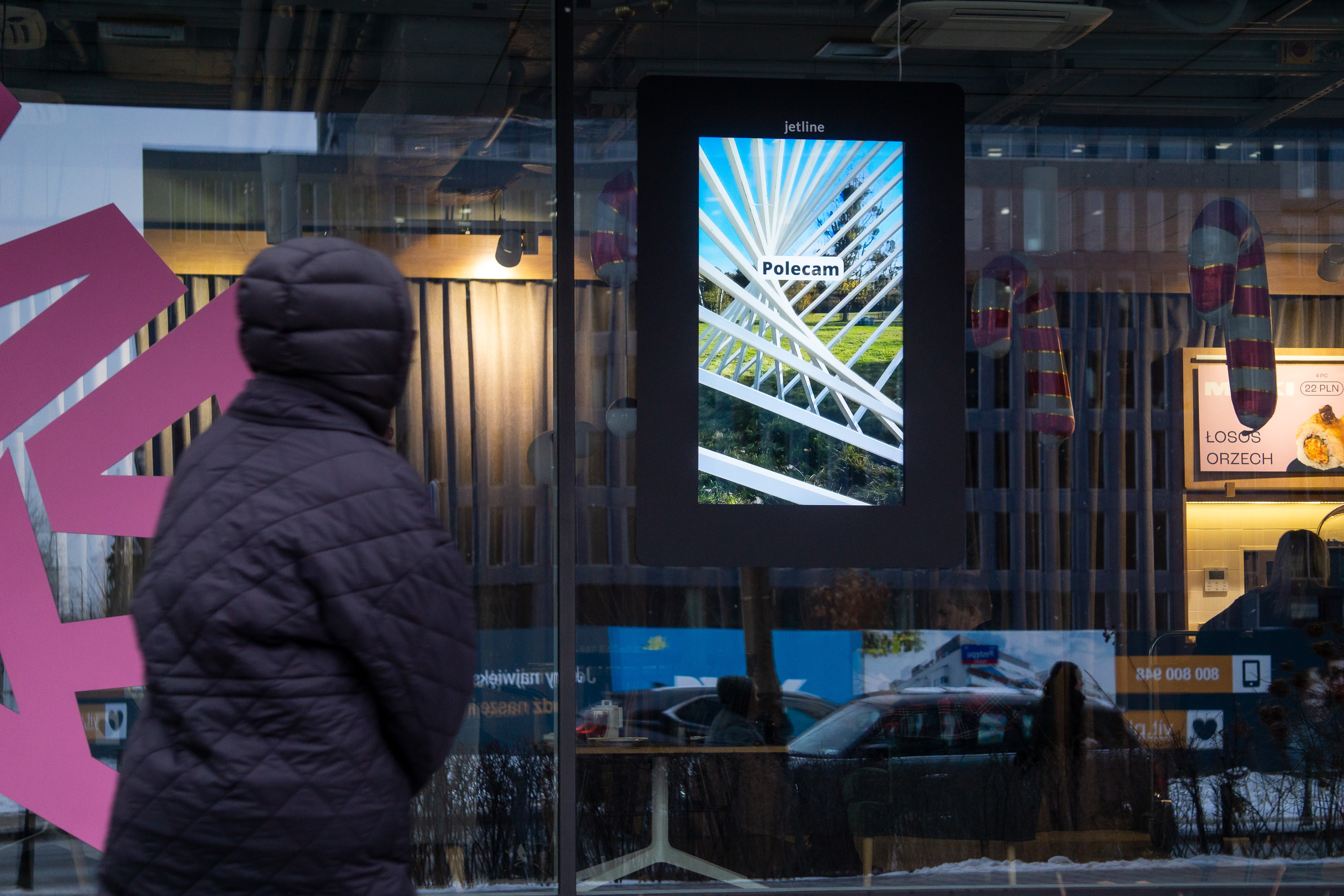Why OOH Became DOOH
D-ramatic Changes: DOOH
As you witness Out of Home advertising increasingly becoming Digital Out of Home, you know that a revolution is beginning, that we're looking to the future and reaching for increasingly advanced technologies. Although it might seem otherwise, digital screens prove to be a more economical and easier form of advertising to manage than traditional billboards. DOOH displays attractive, moving images and consequently – more easily engages viewers.
D-ata is Key
Thanks to technologies like "real-time programmatic advertising", which means "live" advertising programming, messages can be perfectly adapted to audiences, time of day, season, or current events. Selected promotions are displayed in public transportation, for example, only during morning and afternoon hours when people are commuting to and from work.

Moreover, information gathered from online sites allows for adapting displayed messages to weather conditions and appropriately changing content, for example, showing an umbrella when it's raining or sunglasses when it's sunny. DOOH can also be connected to store databases. So if the system notices a drop in interest for a selected product below a certain level, it will automatically start promoting it.
Digital Out of Home also offers real-time audience analysis capabilities. This is perhaps the biggest advantage of DOOH over OOH – reaching a very narrow audience segment that is no longer defined just by age and social status criteria. Such analysis allows for creating individual viewer profiles in real-time. CMS (Content Management System) – the system managing DOOH advertising enables quick access to all content and extremely easy updates and content planning.
D-just the Beginning
OOH isn't losing popularity; it remains an effective form of advertising. However, modern technologies continue to evolve, developing new action schemes and effective methods. It's worth being aware of new trends when planning marketing strategies for the coming years and drawing from accumulated knowledge and experience. Although digital out of home combines the benefits of traditional advertising, internet marketing, and digital technology, it simultaneously returns to its roots by embracing good, traditional brand value storytelling.
